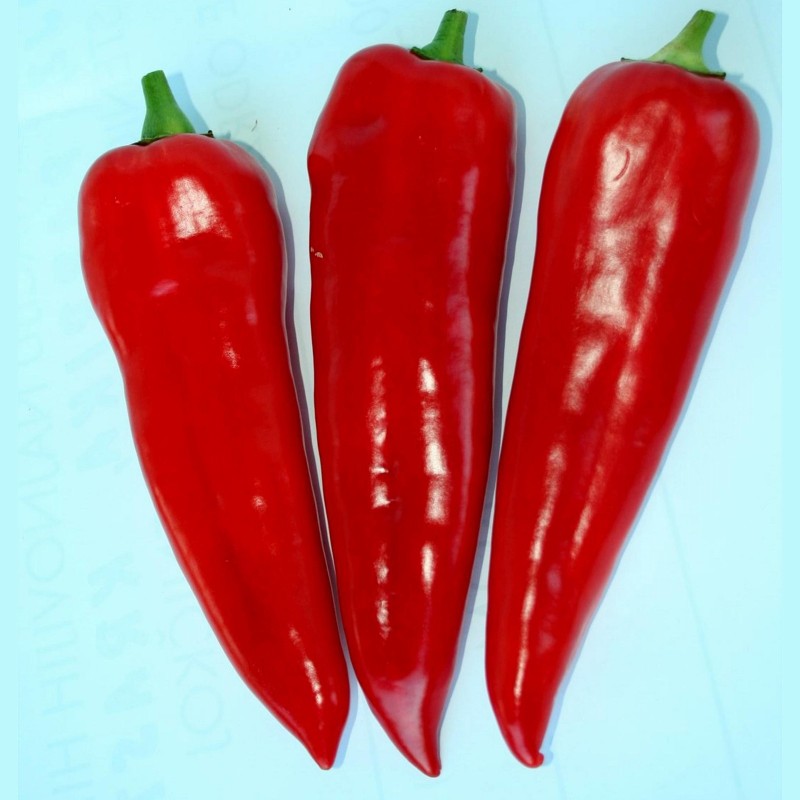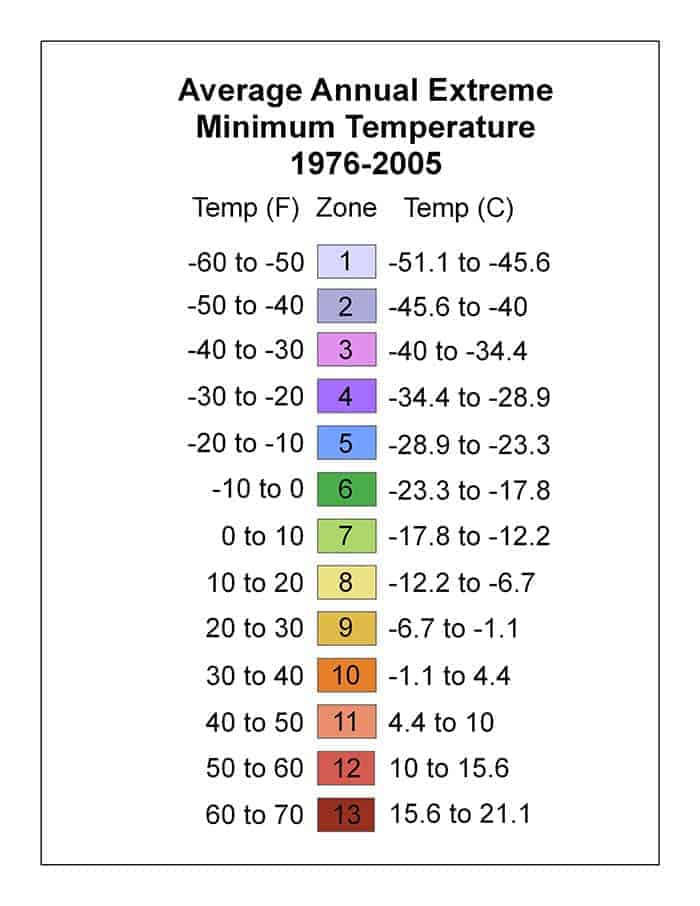- -15%

Odmiana z Serbii






Opis

 Reviews (1)
Reviews (1)




semis de 24 graines le 02/01/2022 sous Serre; 17 ont germé et replquage des plantule le 04/02/2022.
Résultat moyen.